Aves en nuestras fincas: Monjita tricolor
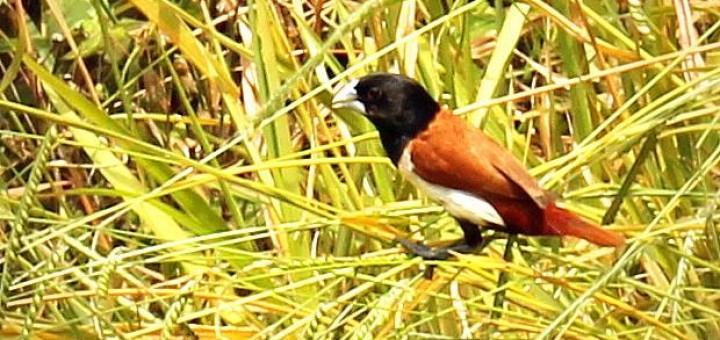
La monjita tricolor (Lonchura malacca), ave de la familia Eestrildidae del orden Passeriformes, es originaria de India y Sri Lanka. La especie ha sido introducida en Australia, Cuba, Haití, Jamaica, Portugal, Puerto Rico, República Dominicana, Venezuela y Colombia.
La monjita tricolor es una pequeña ave gregaria que se alimenta principalmente de semillas gramíneas y otras. Frecuenta áreas de pastizales húmedos y cultivos como los arrozales. Puede ser encontrada también en bosques húmedos tropicales de tierras bajas.
Foto tomada por Juan Carlos Noreña Tobón



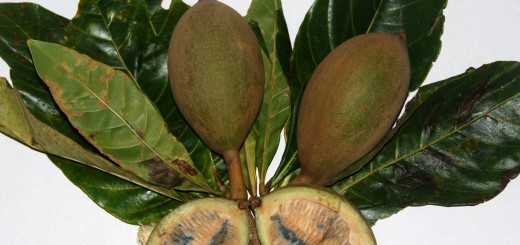


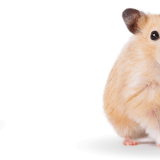
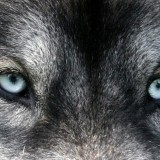
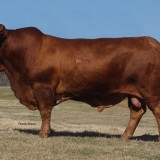
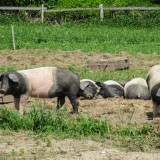


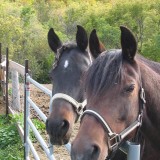
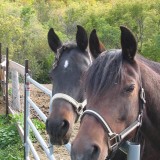
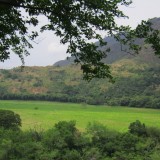


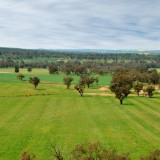
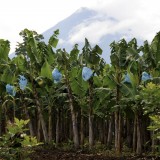





Esa Ave es una plaga para el ecosistema y compite con las aves nativas por el alimento
Jaime: Your comment may sound good to some, but it is very misleading and actually incorrect, and here is why:
– There are only 18 endemic bird species in PR, and not a single one of these 18 species has the same feeding requirement as the Tricolored Munia.
– The Tricolored Munias are in danger of extinction in PR, primarily because of the use of toxic pesticides and herbicides like Round Up. (RoundUp use has pushed many naturalized grass bird species into extinction. It is estimated that herbicides kill tens of thousands of grass birds on a yearly basis).
In other words, the Tricolored Munia doesn’t pose any threat to anything or anyone. The only species that causes havoc in all eco systems is homo sapiens.
So, before you spread false propaganda, please check the facts.
Como saber cual es la hembra y el macho,porque son idéntica o tienen diferencias? Y se reproducen en cautiverio y como? Sus nido como son?
Los machos son amarillos con negro, en cambio las hembras son totalmente negras. Para reproducirlas en cautiverio es necesario replicar su hábitat natural: juncos a la orilla de un cuerpo de agua. No es nada fácil. Las monjitas anidan entre los juncos.
Hola
Tengo una ave de esta especie, ella puede vivir sin compañía de un macho o es necesario tener la compañía.
Es necesario liberarla! Los animales silvestres son pésimas mascotas y deben estar libres en sus ecosistemas naturales para poder cumplir con su importante función ecológica.
Exactamente manden una foto del ave monjita macho y de la hembra mi l gracias.